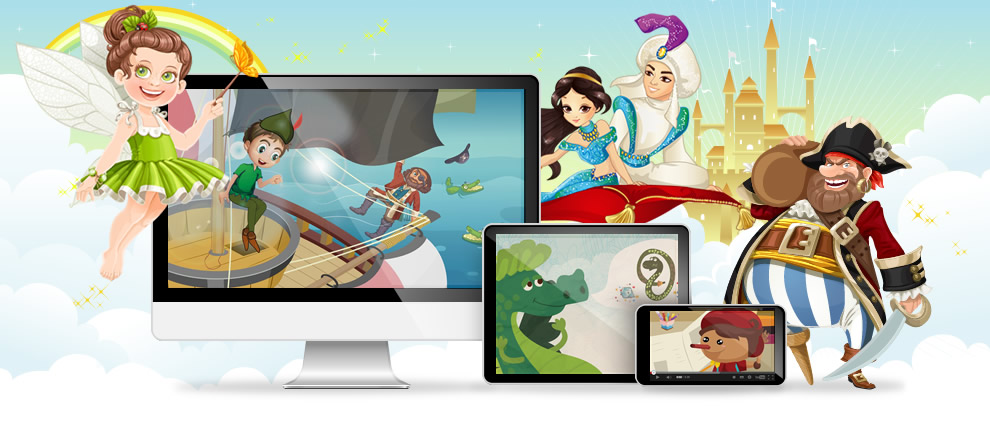Online lessons for kids: dinolingo.com
-
Get fairy tales and storybooks in online or from your local library

Children love shared reading time and regardless of language acquisition they will always remember the time they spent with you reading books.Try to find books with good illustrations. Look at the pictures with your child, point to things they already know in.
As you come across new words ask the child what they think it is. If it is illustrated, have them point it out on the page.Use different voices for different characters.If your child has a favorite story encourage him/her to play different characters making up the words from memory. Help your child to use his/her imagination to change the story or change the ending.
-
Puppets who speak the 2nd language

Kids love to play with puppets and it helps build motor skills. Roleplay and let the puppet be the learning student and your child will teach it the 2nd language. Tell many loved stories through puppet play. Finger puppets are also fun when singing songs. Check out DinoLingo songs.
-
Take a trip to the zoo
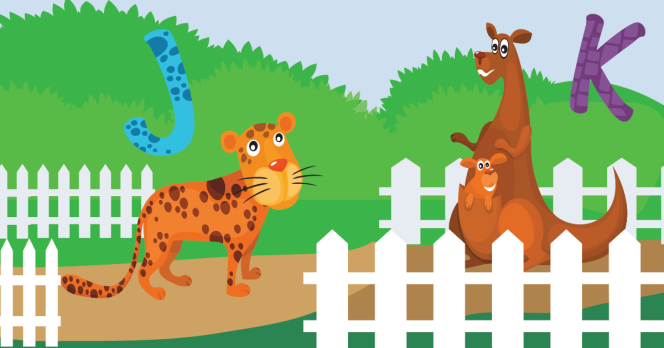
Books about animals are a great way to recap on the animal lesson together, and a trip to the zoo will really reinforce it. Ask your kid the names of the animals he/she has learned and point out some new ones to look up and learn together. Add in adjectives and colors such as, ‘look at the big, grey elephant, look at his long trunk’. Encourage your child to draw pictures and use our printable worksheets.
-
Hide and seek

A great way to put the number lesson into work is to play Hide and Seek in the 2nd language. When your child knows them well you can try the count down backward. During the game, call out 2nd language words in the lessons. “Where are you?” “ Are you behind the sofa?’ “Are you behind the T.V? “ Are you behind the door?”
-
Game night

Dice games are good for counting and simple addition. Board games played with the whole family can be a time for relaxed learning. By playing a simple board game such as snakes and ladders, you are teaching a child much more than just language. They learn the rules of pla and an understanding of goals.
-
Play with flashcards
Flashcards are one of your most valuable resources in teaching language to young children. With multiples of the same cards, you can play well-known games such as Go Fish or the ‘memory game’. DinoLingo provides printable flashcards.
Encourage your child to take the lead and touch the cards while the child calls it out. Keep it playful and fun.
-
Progress chart

A simple progress chart teaches your child clear goals especially when stickers are involved. Let your child know when he/she is approaching a goal, and make a big deal of reaching these goals. Praise him/her for their achievement with a ‘great job’.
-
Listen to songs in the 2nd language

DinoLingo has a lot of language learning songs. Listen to children’s songs in the 2nd language whenever and wherever you can. Play these while traveling in your car or as background music in your home. Introduce a special ‘song night’.
-
Learn song lyrics in the 2nd language together

Teach your child some catchy pop songs that you both like. Something with suitable lyrics and a good chorus is easiest to remember. Sing it around the house as you do other things when your child tries to join in.
-
Find cartoons in the 2nd language

Cartoons are a great way to engage kids in the 2nd language. Kids can figure out the story visually without worrying about not understanding every word. Let your child guide you to which cartoons they like best. Watch them together and you will know which language to reinforce.
-
Have an annual/monthly goal checklist
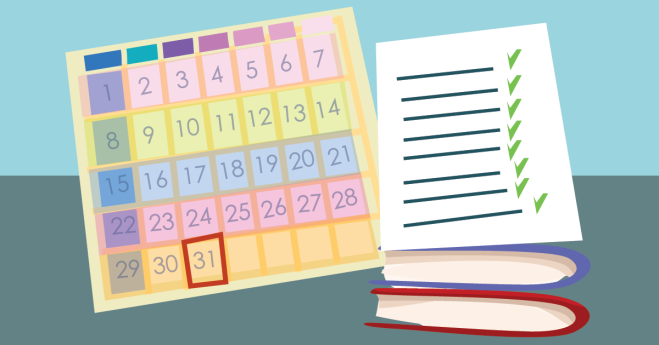
Make a checklist of goals or ideas of where you want to be with language learning over a year. Break it down into monthly mini-goals.
-
Create playlists or find playlists suitable for your child’s level

YouTube is a super resource. You can create playlists of your favorite language teaching videos, these days people post from all over the world.
Short tutorials, craft ideas explained in the 2nd language.
-
Join online support groups

Join online groups to exchange ideas and information. Support is invaluable to language learning especially when you might hit some hurdles. Connect with people who are having the same difficulties or have successfully navigated these hurdles. Facebook, Twitter, and Instagram are great for immediate connections.
-
Visit the website of the Ministry of culture
These are interesting websites with lots of valuable information about the country. From traditional food, dances, and costumes, research the statistics available such as population and discover some fun facts about the climate, local industries, and holidays.
-
Visit your public libraries
Libraries are an excellent resource. If they don’t have the things you are looking to ask the librarian if it is possible to order them. Noticeboards might have local announcements for kids groups speaking the 2nd language in the area.
-
Make use of language learning playlists for your kids
There are a great many language-learning DVDs or iTunes playlists. Look for something that is specifically for kids, that uses games and songs, and has well-structured levels.
-
Make car rides a learning opportunity

Always play music or storytime podcasts in the 2nd language when you are in the car. DinoLingo is an excellent resource for age-appropriate stories and songs, perfect for car rides. Practice this consistently so your child comes to expect the 2nd language in the car.
-
Radio shows in the 2nd language.
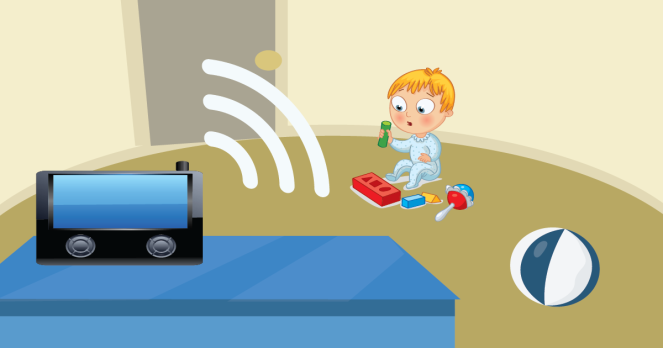
There are many resources that help you play the radio through personal electronic devices and laptops, etc. tune into the radio stations, and have 2nd language song list play in the background all day long.
-
Worksheets
There are a great many websites offering worksheets for beginners. Many are free and some you can pay monthly or a yearly fee. Kids love worksheets. Some may be simple coloring sheets (kids LOVE coloring), or sheets that help fine motor skills through pencil manipulation. Buy some stickers and put one on each sheet your child completes. Download DinoLingos language learning worksheets.
-
Flashcards

There is no end to the fun to be had from playing games with flashcards even if your child is still too young to play a game that has structure and rules. You can make your own ‘games’ call out a card, have your child touch it/pick it up. ‘Hide’ the cards around the room and have your child find them and say what they are etc.
You can also put the flashcards up around the room.
-
Picture dictionary

A Children’s picture dictionary is a wonderful resource. Follow your child’s curiosity about it. Let him/her choose what he/she wants to know on any given day. Ask him/her more information about the words they do know. “What color is it?” “ Is it big or small? “ “Where does it live?” “What does it do?”
-
Alphabet books

Introduce your child to the shapes of letters with a simple alphabet book. This is especially useful if the 2nd language alphabet is different from that of the 1st language. For young learners get a very simple, ‘starter’ book, also great for fine motor skills and pencil control.
-
Kinesthetic learning

-
Kinesthetic learning
The research is in that kids learn best by doing (don’t we all?).
Anything that gets kids moving their bodies or their hands helps them to learn. Watch DVDs together, make up dances, put on ‘shows’, even dress up. Encourage your child’s inner artist with a sketchbook. Colour, paint, draw, and talk about the colors and your child’s pictures in the 2nd language.
-
Reading pen

The very latest translation tool. A ‘reading pen’ scans and translates. The translated text appears on a small screen on the pen and can also provide an audio pronunciation of words or full sentences.
-
Talking toys

There are so many talking toys on the market these days. Try one that says greetings in the target language (or multiple languages) or one that sings traditional songs/nursery rhymes from the target country.
-
Cultural books
Ready-made ‘culture books’ are great for learning about different countries. Read them together, ask questions, and encourage your child to ask lots of questions too. After reading one, you could make a simple one together using pictures from magazines, or encourage your child to draw pictures too.
-
Decorate your child’s room with learning posters
Get some large colorful posters to decorate your child’s room or the learning space you use. Point things out and ask questions, swap roles, and have your child ask the questions too, this also helps model the pronunciation. Ask which is your child’s favorite poster and why?
Follow their lead on the things that interest them.
-
Simple syllabus prepared for kids

Use the simple syllabus prepared in your language learning system or make one yourself. Let your child know what it is so he/she can see what they will be doing. Children tend to do better when they know what is coming and what is expected of them.
-
Stickers

Kids love stickers! Use them liberally. Take praising your child as an opportunity to use the 2nd language. If you can find stickers with words of praise in the 2nd language use those and repeat the words a lot. Use a couple of words at first and add more as your child knows them.
-
Souvenirs

If you have the opportunity to visit the 2nd language country buy goods with the language on. T-shirts, mugs, and pens are useful as well as educational. Look for postcards, posters, or bumper stickers with popular expressions on. Post these around your house.
-
Arrange play dates or playgroups with other parents who want to teach their children the same language.

Try to find other parents encouraging their children to learn the same language, arrange to play together, go on picnics to the park or take a trip to a zoo or aquarium, great places to practice the language. Making new friends is of great benefit to you too!
-
Video chat with friends and relatives who have a child that speaks the 2nd language

Encourage video chat with other children you know, that speak the language. It’s easy using Skype or Google Hangouts or something similar. Be nearby to help the conversation along. Be encouraging and resist the temptation to correct your child’s mistakes.
-
Invite Grandma and Grandpa (who can speak in the other language) to stay over

Spending time with grandparents is valuable to all parties anyway but spending time with grandparents who speak the 2nd language is great for strengthening bonds and hearing the natural language. Your child will come to associate the 2nd language with feelings of love and security.
-
Hire a short-term or full-time nanny or caregiver that speaks the 2nd language

If it is possible, consider hiring a nanny/caregiver/babysitter who speaks the 2nd language. Even a few hours per week would make a difference (and give you a little free time!).
-
Cook local recipes together with your child

Kids always want to be a ‘little helper’ in the kitchen. Cook some simple dishes from the 2nd language country together. Us the 2nd language for instructions, wash, cut, wipe, mix…. Name the ingredients in a natural way as you cook.
-
Go to community centers, cultural centers, and temples with your child

Local places of interest are stimulating for your child and cultural centers often have exhibitions or music/dance performances. Look out for anything from the 2nd language country. Community centers are a great place to meet people, look at notice boards for anything from people interested or connected in some way to, the 2nd language. You could even offer to do something yourself, give a talk about the country or a traditional dance etc.
-
Visit ethnic supermarkets and ethnic restaurants with your child

Go around an ethnic supermarket and point out the foods from the 2nd language country. If your child is unfamiliar with them, ask questions. “How do you think it tastes?” “ Do you think this is hard/soft/crunchy/sweet/etc.?” If possible eat in ethnic restaurants. Talk about the food, how it is prepared, where it comes from.
-
Have a word of the day activity

Pick a ‘word of the day’, you or your child could choose it, or have your child pick it at random from a pile of word cards. If the word is a noun, look for it around the house and when you go outside. Talk about where it might be found. If it is a verb, find ways to do the action either really or mime it, see if you can spot other people doing it? Or use adverbs and spend some time doing everything in the manner of the adverb, slowly/quickly/happily/etc.
-
Play online language games (memory, click&tell, etc.) with your child
There are plenty of free online interactive language games for children. Find one that appeals to your child and encourages them to do a little every day. You can check out 3 different kinds of free online language learning games here.
-
Try Skype lessons for children (may not be advised for infants and toddlers)
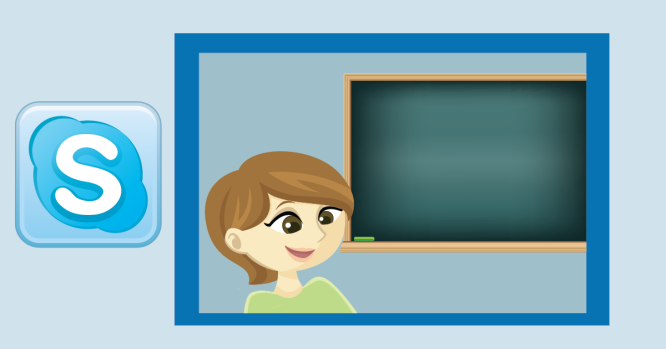
Many teachers are offering language lessons via Skype. Ask around and see if anyone can recommend a teacher to you. Sit in on the lesson too so you know what language to reinforce between lessons.
-
Bedtime stories

Books, books, books. Kids love books and stories. Read stories in the 2nd language before bed. Often when kids have heard a favorite story many times they know the words. Encourage your child to help tell the story.
-
Translate kids games

Many children’s games are the same the world over, play kids game your child already knows in their 1st language but play it in the 2nd language. Paper, rock, scissors have many variations; play it in the 2nd language. Hopscotch, skipping games, clapping games, etc. can all be played in any language.
-
International comics and magazines for kids
Ask if a friend or relative overseas can send you comics or children’s magazines in the 2nd language. Children’s magazines usually have lots of fun facts in them that you can talk about and further research. They also have quizzes and puzzles that are lots of fun to do.
-
International festivals

Attend events and festivals. They will no doubt events to celebrate the country of origin is a great way to connect. Take your child to their parades and festivals.
-
Personalized notebook
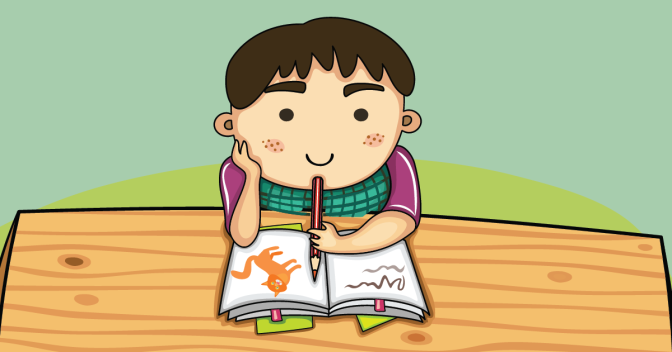
Let your child choose the notebook at the shop and decorate it any way they want to make it special. Say words in the 2nd language and have them draw pictures, or even write the word or the first letter, depending on what level they are at.
-
Crafts from other countries

If you are a native speaker of the 2nd language think about the crafts you did as a child and do them with your child (think also about how happy you were doing this activity with your own mother/father or your friends).
-
Chatting APPS

Chatting apps such as WhatsApp, Discord, and messages are mobile and easy to use. Chat with friends in the 2nd who have children about the same age.
-
Sing to sleep

Lullabies are so soothing for babies and parents. Sing some 2nd language lullabies to help your baby sleep. You can buy wind-up crib music at a baby store. Play the music and sing in the 2nd language.
-
Homeschooling

More than ever, people are turning to homeschool as there are plenty of resources online and support groups. Depending on the school hours where you live, it may be possible for your child to attend the local school and follow a homeschooling curriculum.
-
language learning summer camp

Summer camp is a great experience for children. It is often their first extended time away from home and a chance to make lots of new friends and try a variety of activities for the first time. ‘Language’ camps for kids usually incorporate study with lots of games/crafts/activities related to the 2nd language culture.
-
Try for kids by Dinolingo
Online language learning lessons, videos, games, books, songs, stories, worksheets and flashcards. dinolingo.com
Watch a Free lesson here:
Online lessons for kids: dinolingo.com
